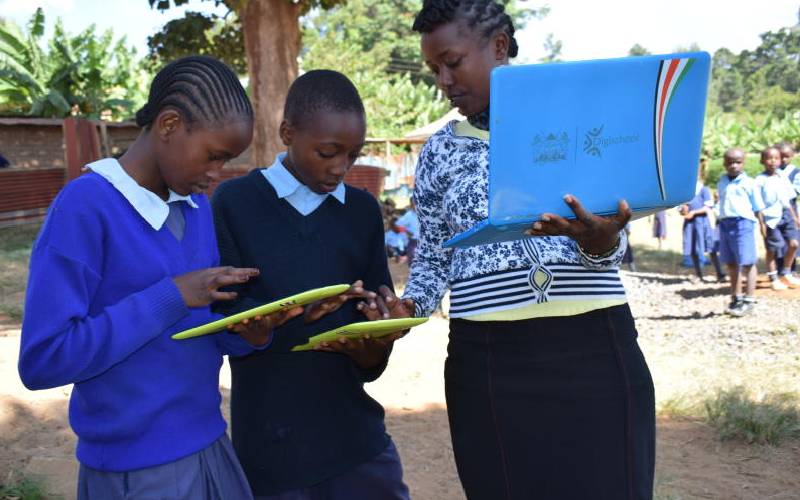×
The Standard e-Paper
Join Thousands Daily

Class five pupils of DEB Township Primary School in Meru get guidance from their teacher Lucy Mithika during recess on February 28, 2019. [Olivia Murithi, Standard]
You probably have come across the old maxim by William Arthur Ward: “The mediocre teacher tells. The good teacher explains. The superior teacher demonstrates. The great teacher inspires.” It always jolts any teacher worth their salt to pause and reflect on where they stand in this grand matrix.